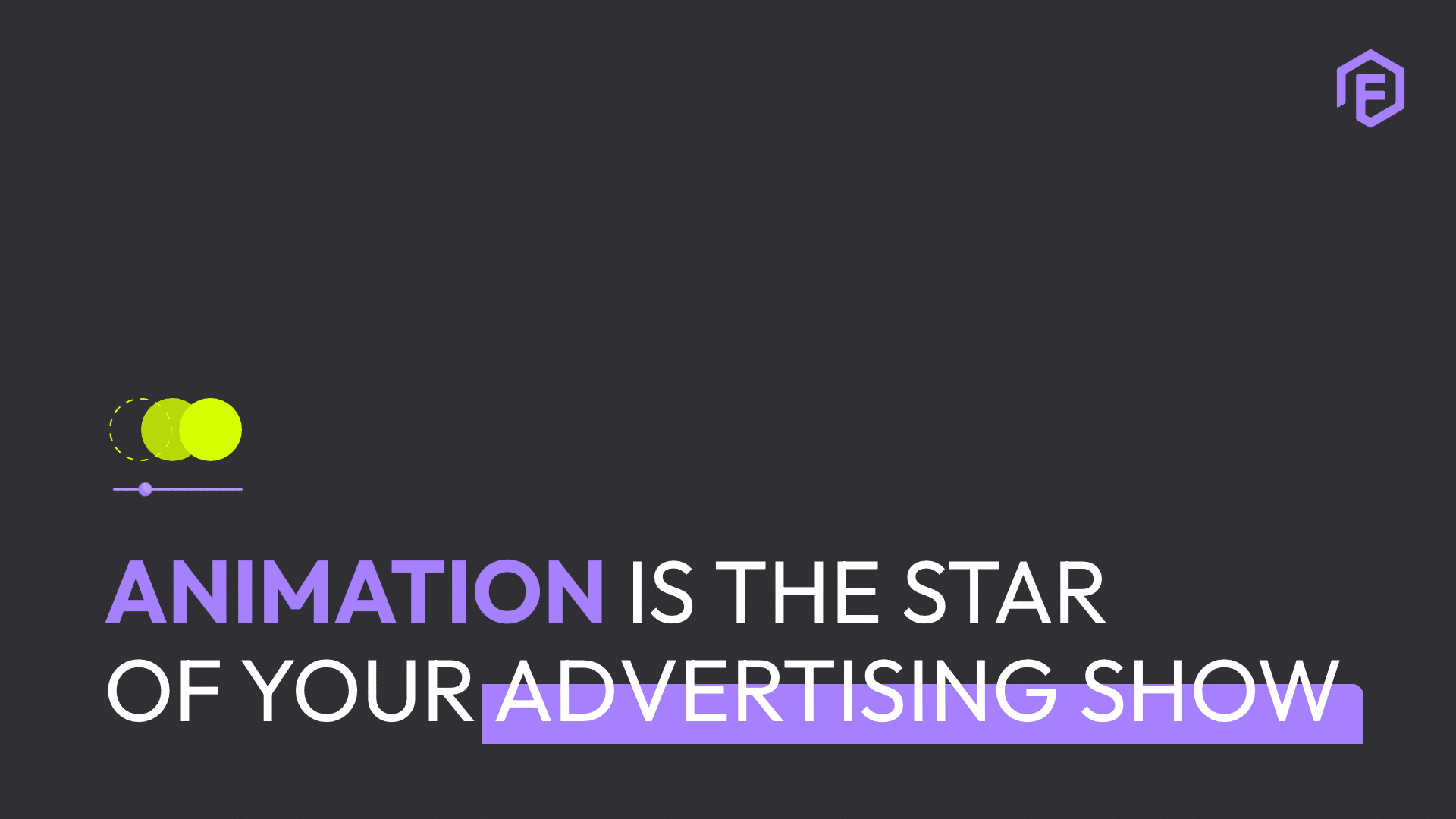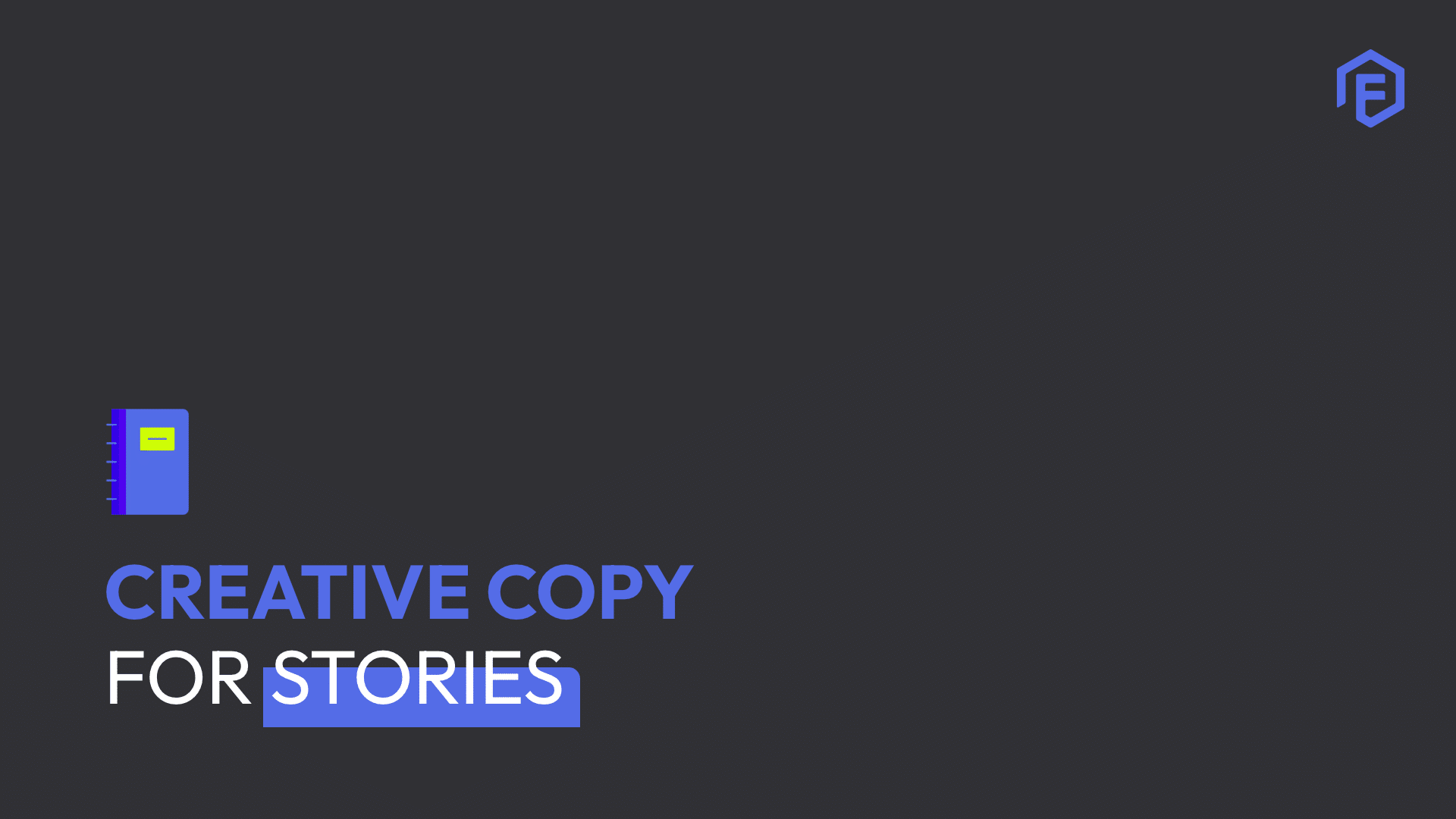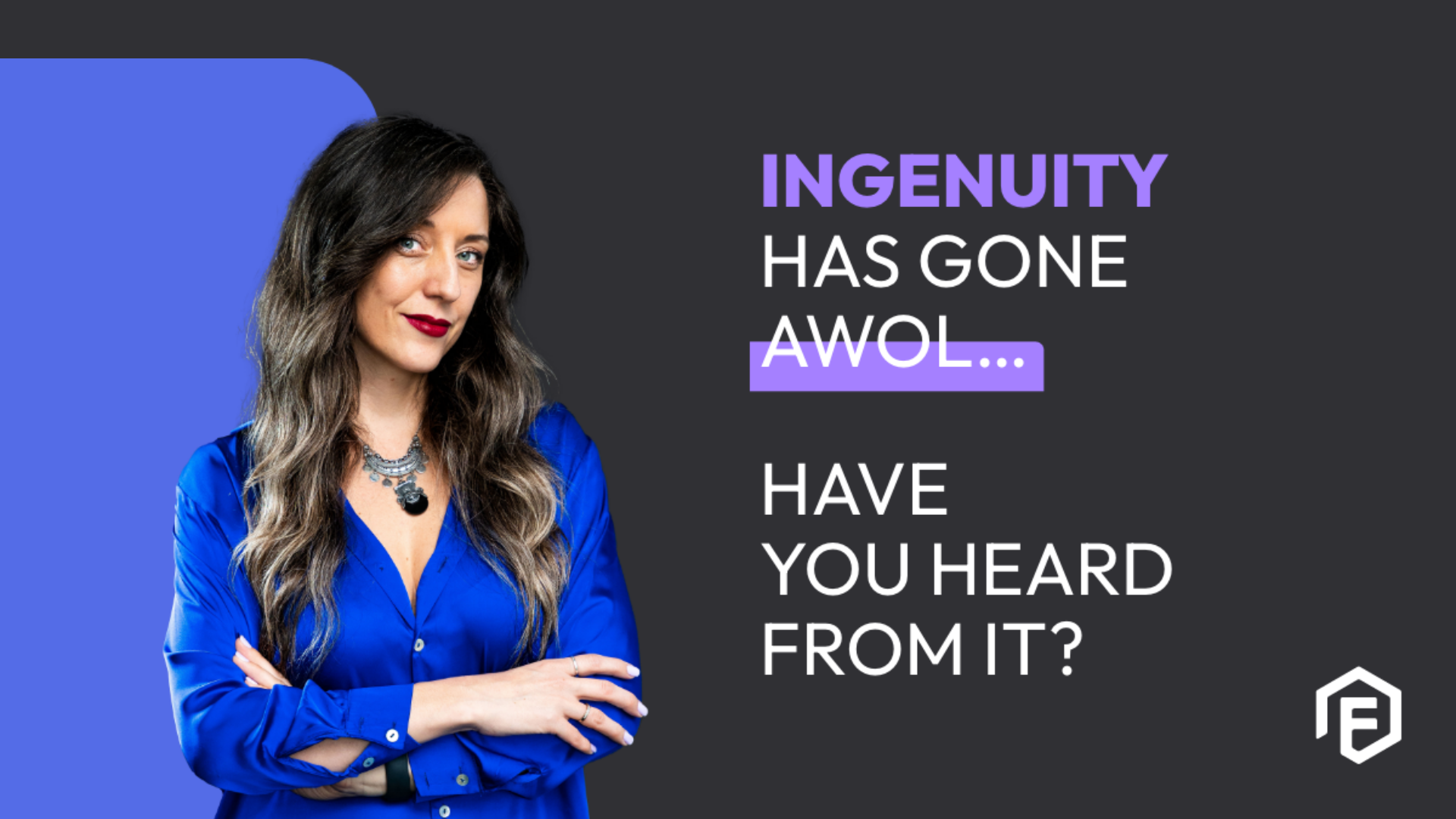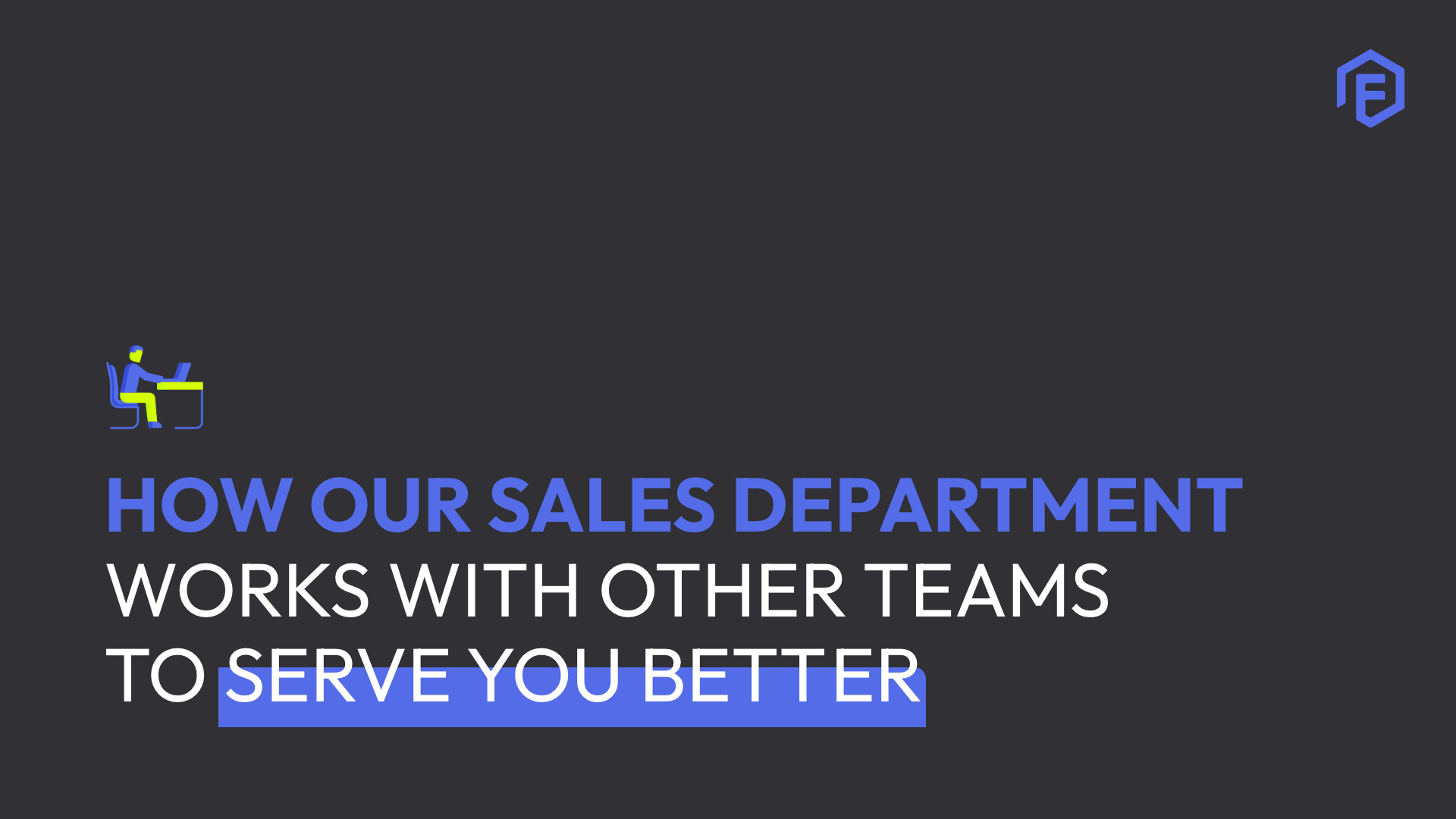It’s the end of a long day, and all I want to do is kick back and relax with a glass of wine and my iPad, mindlessly scrolling through Instagram and Pinterest, looking for ideas and inspiration that I may use one day. Until the unthinkable happens; a popup telling me my data has run out on. Is this really what the internet experience has been reduced to?
And then the internal debate starts: do I buy another bundle, or wait until the 1st of the month? Pfft, who am I trying to kid? Bring on the next bundle! This sparked a curious thought, on how social media has become an integral part of our daily lives. So much so that people find themselves scrolling through Facebook or Twitter whenever they have a moment to spare. The question could be asked: is there something more to this than just merely checking in to see what we’ve missed in the last 30 minutes?
Joke aside, I find the psychology behind social networking a fascinating topic, and there are many opinions and studies on the subject. What exactly are the psychological motivators behind social networking, and how can brands use these to their advantage?
Let’s start off with the 6 types of ‘sharers:’
Altruist: Helpful, reliable, and thoughtful. They prefer to share through email.
Careerist: Intelligent business networkers who generally share through LinkedIn.
Hipster: Creative, young, and popular. They care about defining their identities, and like to share cutting-edge content.
Boomerang: Twitter and Facebook users who like to share for validation and reactions.
Connector: Creative, relaxed, and thoughtful. They like to network, and generally share through Facebook and email.
Selective: Thoughtful, resourceful, and creative. This type of sharer likes to post informative content.
Having identified 6 types of sharers, let’s talk about how can brands use this information to their advantage. Think about your own habits on social media, particularly what you share often. Is it content that elicits emotion? Of course! Even though we’re more inclined to remember negative events, we’re more likely to share content that leaves a great impression on us. You could share anything, from an appeal to make a change, a feel-good, awe-inspiring quote, or a useful tip.
Brands who got it right:
Brands who got it wrong:
I run out of data and this is where is where my mind goes? Oh well, I think I’ll just finish my glass of wine and snuggle up to watch a movie.



